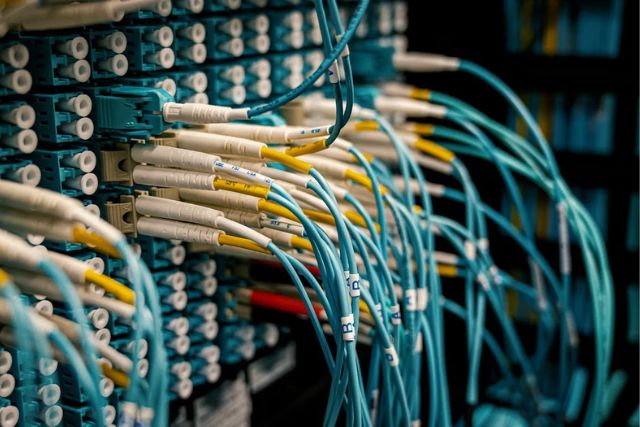Research by K. G. Coffman and A. M. According to Odlyzko, “The Internet is the main cause of the recent detonation—this activity in optical fiber telecommunications. We have discussed the state of broadband and also the benefits of fiber optic. The high growth rates observed on the Internet, and the popular perception that growth rates were even higher, led to an upsurge in research, development, and investment in telecommunications. ”We have talked about the benefits of fiber optic.
Benefits Of Fiber Optic:
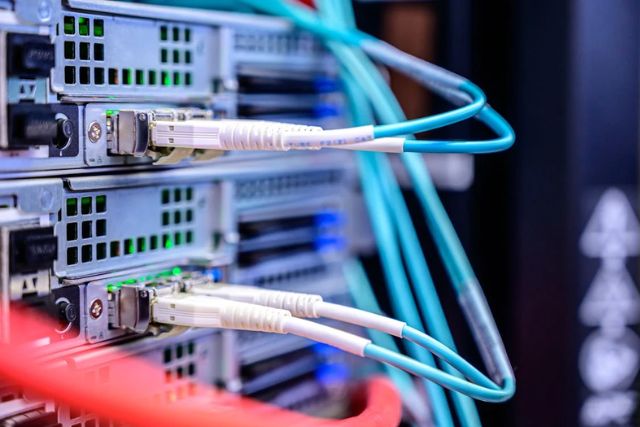
The gain in internet usage taps the interests of telecommunication providers to enhance internet connectivity. And copper wires were upgraded to Fibre optic cables, which is one of today’s fastest-growing transmission mediums, which includes horizontal, backbone, and even desktop applications.
Listed Below Are The Many Benefits Of Fibre Optics:
Greater Bandwidth:
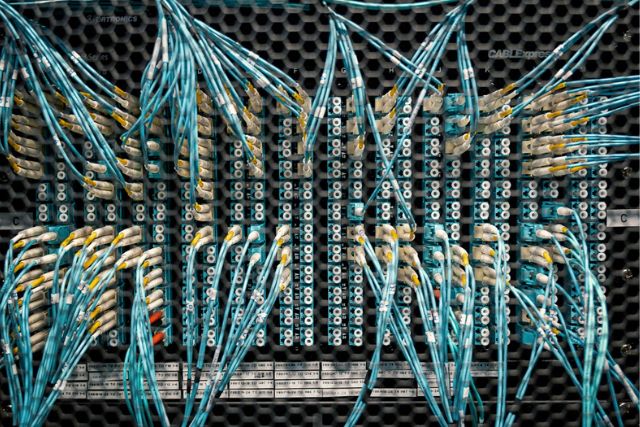
Compared to copper, Fiber Optics provides users with better performance at up to 10 Gbps. It can carry more information as well. The fiber speed, though, will largely depend on the type of cable used. Users can choose from two types: single-mode cables and micron multimode cables. Single-mode cables can reach far greater speeds than a 62.5- or 50-micron multitude cable.
A More Reliable Connection:
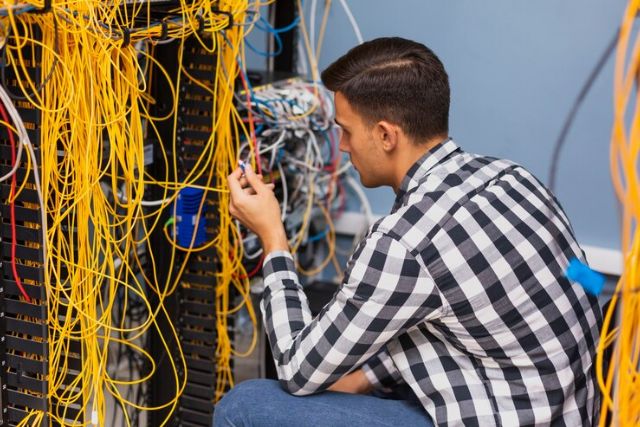
Fibre provides extremely reliable data transmission. It’s completely immune to many common problems when using copper cables. With fiber optics, you can still use the wires even when submerged in water. You don’t have to worry about your broadband connection failing when the weather suddenly takes a turn for the worse—because these cables have been designed to be less susceptible to temperature fluctuations.
The core, which serves as its insulator, is made of glass that’s why electric current cannot flow through. It’s also resistant to crosstalk, electrometric interference, and radio-frequency interference, along with impedance problems and a lot more. You’ll experience less downtime when you finally use fiber optics for your broadband connection.
Low Attenuation:
Fibre optic signals allow the data to move at higher speeds and along greater distances. It’s made of light that ensures reliable transmission with signal loss that’s minimal to none.
Low Cost:

Installation price for fiber runs higher than copper, yes. But it may be small and expensive in the end. The installation process should be done by a professional and is far different from how the copper is fixed. Fiber signals need less boosting than copper, yet the cable can perform better. Fibre hardware, cables, and other components are available at low cost and even less than that to maintain. You also don’t need to spend much on hardware because there isn’t much you’ll need.
Space-Saver:
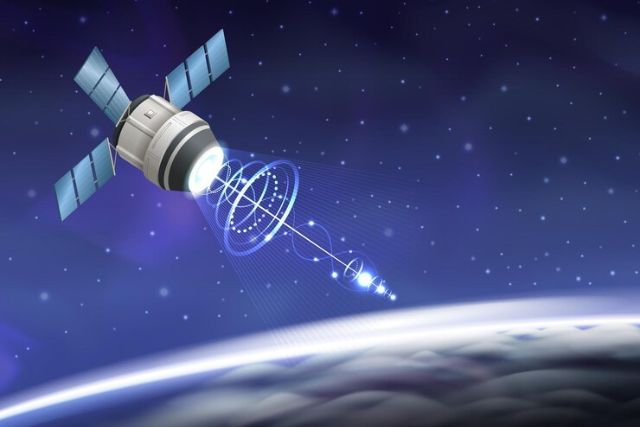
Fibre is lightweight but more durable than copper cable. The pulling specifications are ten times greater than copper. Fibre optics, in addition, are thinner than copper wires, so you can bundle more into a given-diameter cable, saving you cable and space all at the same time. Because of its thin width, it’s easier to handle and takes up much less space in cable ducts, allowing for more space to be used if necessary.
Secure:
Instead of requiring too many wiring closets and asking you to use different equipment throughout the building, fiber networks allow all electronics and hardware to be placed in one central location. Fibre optics are notoriously difficult to tap and do not radiate signals. It can be easily monitored when the cable is tapped. The entire system will fail if someone tries to tap it because the cable leaks light.
To Conclude: Why Fiber Optics?
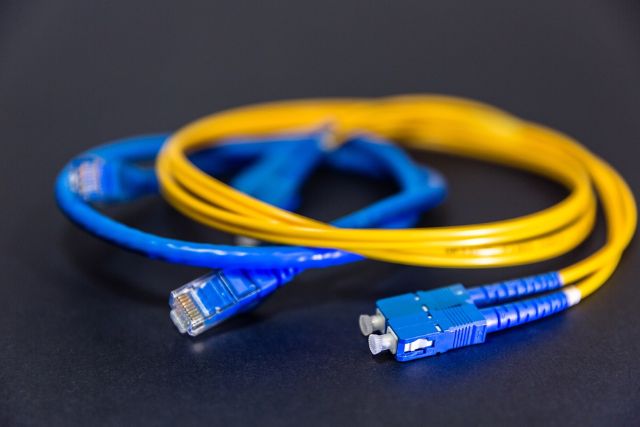
Though it is pretty expensive to switch from copper to fiber optics, some media converters make migration easier—these are available in the market at meager costs. Fibre is often offered in many broadband plan upgrades or bundled with mobile devices. Even other service providers, like cable TVs and telephone companies, have already upgraded to this technology. More channels come through the subscriber’s cable into the cable TV box, and more phone lines go over the same cable with the handy assistance of fiber optics.
More Articles:

